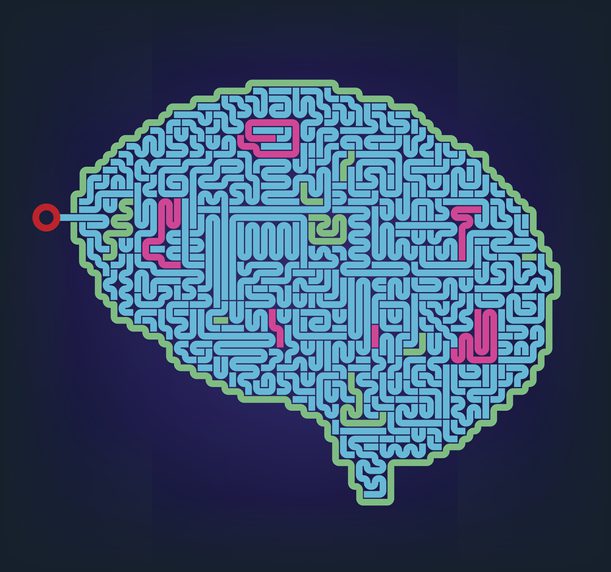When you head off to work each day—whether you drive, walk, bike, take public transportation, or just head down the hall to the home office—odds are pretty good that you take the same route each day.
You might have tried a few different routes when you first got the job, and from time to time you might need to find an alternate route due to construction or an accident. But by and large, once you have found a good path to your workplace, you are likely to stick with it. After all, it works well enough and seldom offers up any surprises.
But now let’s imagine that you discover there is a path to work that will save you, say, 10 minutes on the trip (admittedly unlikely if you work from home—unless you have really long hallways). You would probably be interested in that, right?
When the new route first comes to your attention, you might forget to take advantage of it every now and again. You are in the habit of taking your original route, and you probably don’t really think about it anymore. As a result, you might automatically take the old route until you get more firmly in the habit of taking the new path. But eventually, you will be able to make the switch with consistency.
Why are we talking about your daily commute? Fair question. Turns out your daily commute is a good metaphor for the process of getting and staying sober. Just as you can pick a new way to get to work, your brain can develop a new habit of sobriety.
Let’s take a look at neuroplasticity.
Forging a New Path in the Brain
What is neuroplasticity? Let’s break the word down a bit. “Neuro” indicates that the word applies to your nervous system and brain. “Plasticity” indicates that something is plastic-like in terms of its ability to be reformed into a new shape. So neuroplasticity simply means that the pathways in your brain can be reshaped.
That might sound alarming (who wants their brain reshaped, right?), but we assure you that neuroplasticity is a positive thing. Here’s why:
When you use drugs or alcohol over a long period of time, you forge a pathway in your brain that becomes used to—and eventually dependent on—the drugs in your system. This is how a habit is formed; it is also why a habit of using drugs or alcohol can be so difficult to overcome.
But the good news is that you are not stuck on that path. Thanks to neuroplasticity, you can begin to forge a new pathway in the brain that charts a course to sobriety. It takes time, to be sure, but it can be done. The process starts with detoxification, continues with rehabilitation, and then persists as lasting recovery.
Missing the Exit – When Old Habits Return
In our discussion about your route to work, we noted that in the days following the discovery of a new and better pathway to the workplace, you might occasionally take the old route due to force of habit. That can happen in recovery, too, of course. Indeed, relapse is common among those in the early days of their recovery.
But if you take the old route to work, the new route doesn’t suddenly disappear. You can still take the better route, and as you do, it will likely become your preferred and automatic way to get to your jobsite. In the same way, a relapse does not eliminate the possibilities offered by neuroplasticity. You can get back on the new path—the path of sobriety—by returning to treatment to restart your recovery journey.
Get Yourself Pointed in the Right Direction
If you get up every morning and head off in the wrong direction, you are going to have an unsuccessful commute. Similarly, if you decide not to seek out the help you need for your substance use disorder, you are going to have an unsuccessful day.
When you get treatment at Bel Aire Recovery Center in Kansas, we will steer you in the right direction toward sobriety. We will provide you with the resources, strategies, and support you need to start your recovery journey confidently—including addressing any co-occurring mental health disorders that may be serving as roadblocks to maintaining your sobriety. And if it becomes necessary, we will work with you after a relapse to ensure that you can restart the journey as you continue to move toward lasting sobriety.




